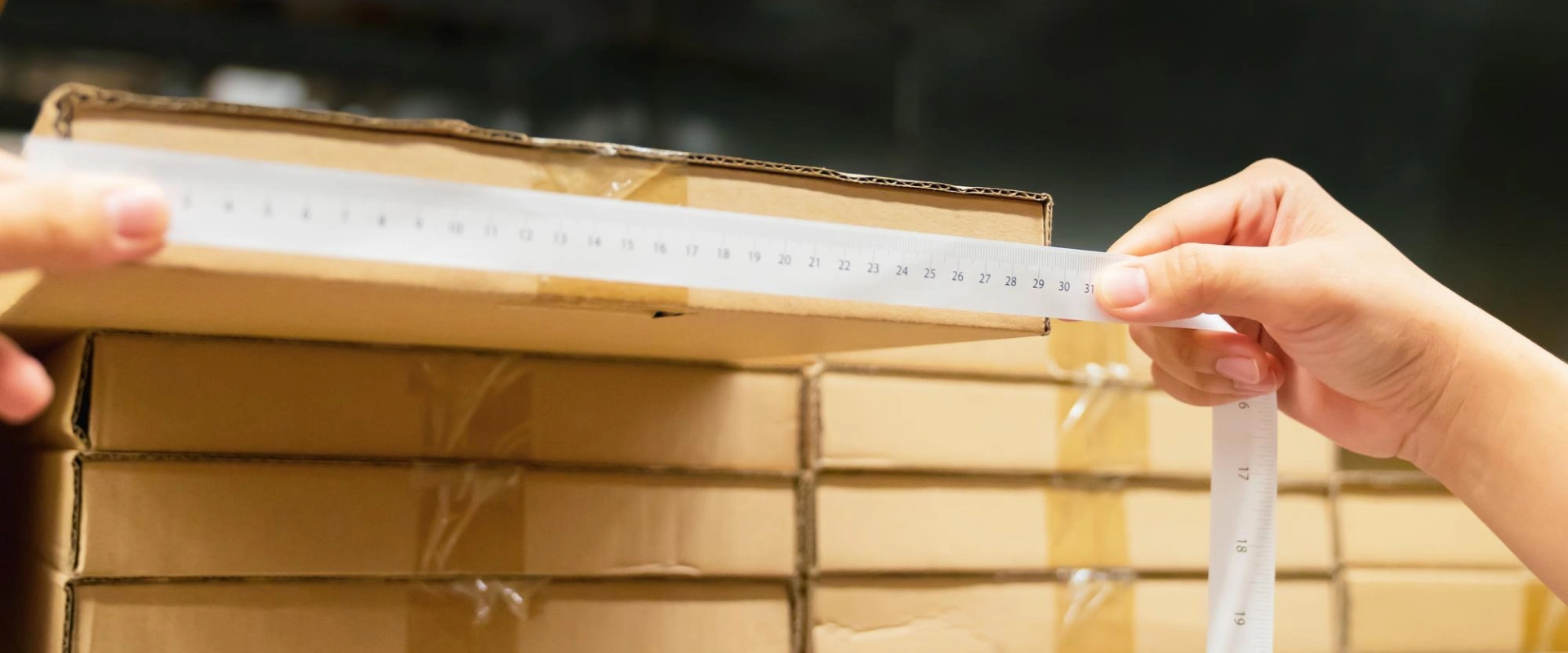Selecting the right box size for your shipments is crucial to ensure that your items are well-protected during transit and that shipping costs are optimized. Using a box that is too large or too small can lead to damage, increased shipping costs, and a poor customer experience. Here are some key steps to help you determine the appropriate box size for your needs.
-
Measure Your Item(s)
The first step in determining the right box size is to measure the dimensions of the item or items you are shipping. Use a tape measure to get the length, width, and height of each item. If you are shipping multiple items in one box, measure the total dimensions when the items are placed together as they will be packed.
-
Consider Extra Space for Cushioning
When choosing a box size, it’s important to allow extra space for cushioning materials such as bubble wrap, packing peanuts, or foam inserts. Generally, adding at least 2-3 inches of space on all sides of your item(s) will provide sufficient room for these materials. This extra space helps absorb shocks and prevent damage during transit.
-
Evaluate Box Strength
Ensure that the box you choose is strong enough to support the weight of your item(s). Boxes have different strength ratings, such as single-wall, double-wall, or triple-wall corrugated cardboard. The strength rating indicates the box’s ability to withstand pressure and protect its contents. Choose a box with a rating appropriate for the weight and fragility of your items.
-
Use Standard Box Sizes
Whenever possible, opt for standard box sizes. Standard sizes are typically more readily available and can be more cost-effective than custom-sized boxes. Additionally, standard box sizes are often optimized for efficient stacking and shipping, which can help reduce shipping costs.
-
Account for Shipping Costs
Shipping carriers often use dimensional weight (DIM weight) pricing, which takes into account the size of the package in addition to its weight. To avoid unnecessary shipping costs, choose the smallest box that adequately protects your item(s) while considering the dimensional weight. Using a box that is too large can lead to higher shipping fees due to wasted space.
-
Plan for Different Shipping Scenarios
Consider the different scenarios in which your items might be shipped. For example, if you frequently ship items of varying sizes, having a range of box sizes on hand can be beneficial. This flexibility allows you to select the most appropriate box size for each shipment, ensuring optimal protection and cost efficiency.
-
Test Fit
Before finalizing your box selection, it’s a good idea to test fit your item(s) in the box along with the cushioning materials. Ensure that there is adequate space for protection without too much empty space, which could cause the items to shift during transit. This test fit helps verify that the box size is appropriate and provides the necessary protection.
Conclusion
Choosing the right box size is essential for protecting your items during shipping and optimizing costs. By measuring your items accurately, allowing space for cushioning, selecting the appropriate box strength, and considering standard sizes and shipping costs, you can determine the best box size for your needs.
For a wide range of high-quality boxes and packaging materials, visit NTXSupply.com. NTX Supply offers a variety of box sizes and types to meet all your shipping requirements. Explore their selection today and find the perfect boxes to ensure your items are well-protected and efficiently shipped.

